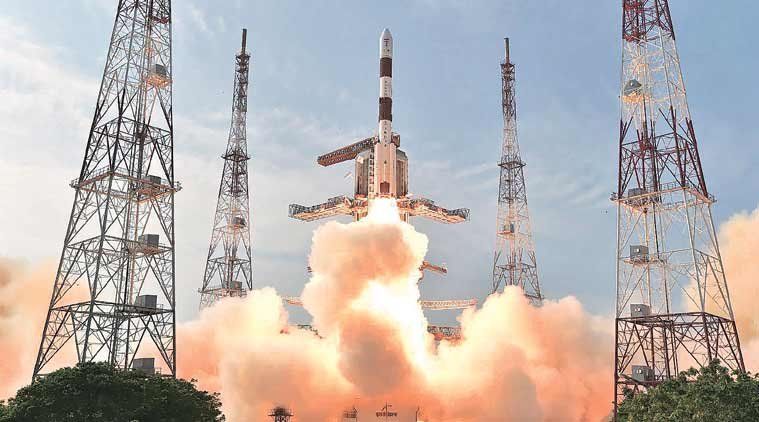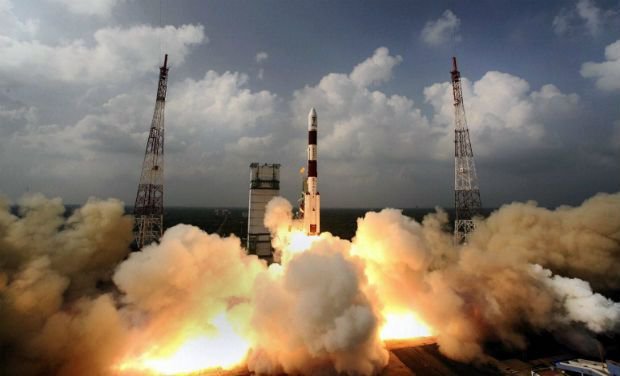For the very first time in its history, the Indian Space Research Organisation (ISRO) is actually growing wings as it embarks on a never before space flight this month that would make history.
The Indian space agency is all set to undertake the maiden launch of its very own indigenous version of a ‘space shuttle’, a fully made-in-India effort.
A sleek-winged body almost the weight and size of a sports utility vehicle (SUV) is being given final touches at Sriharikota, awaiting the final countdown, on Sunday.

Yes, the big powers abandoned the idea of a winged reusable launch vehicle, but India’s frugal engineers believe the solution to reducing cost of launching satellites into orbit is to recycle the rocket or make it reusable
Scientists at ISRO believe that they could reduce the cost of launching stuff into space by as much as 10 times if reusable technology succeeds, bringing it down to $2,000 per kg.
Very soon, and if all goes well possibly before the monsoon sets in, India’s space port at Sriharikota, on the coast of the Bay of Bengal in Andhra Pradesh, will witness the launch of the indigenous-made Reusable Launch Vehicle – Technology Demonstrator (RLV-TD). This will be the first time ISRO will launch a spacecraft, which actually has delta wings and after launch, will be glided back onto a virtual runway in the Bay of Bengal.

The RLV-TD is unlikely to be recovered from sea during this experiment as it is expected that the vehicle will disintegrate on impact with water since it is not designed to float. The purpose of the experiment is not to see it float but to glide and navigate from a velocity five times higher than the speed of sound onto a designated virtual runway in the Bay of Bengal some 500 km from the coast.
Very similar in its looks to the American space shuttle, the RLV-TD is being experimented in a scale model, which is almost six times smaller than the final version.
K Sivan, director of the Vikram Sarabhai Space Centre, Thiruvananthapuram, says, “These are just the first baby steps towards the big Hanuman leap.”
The final version will take at least 10-15 years to get ready since designing a human rated reusable rocket is no kid stuff.
(Feature image source: ISRO)

















